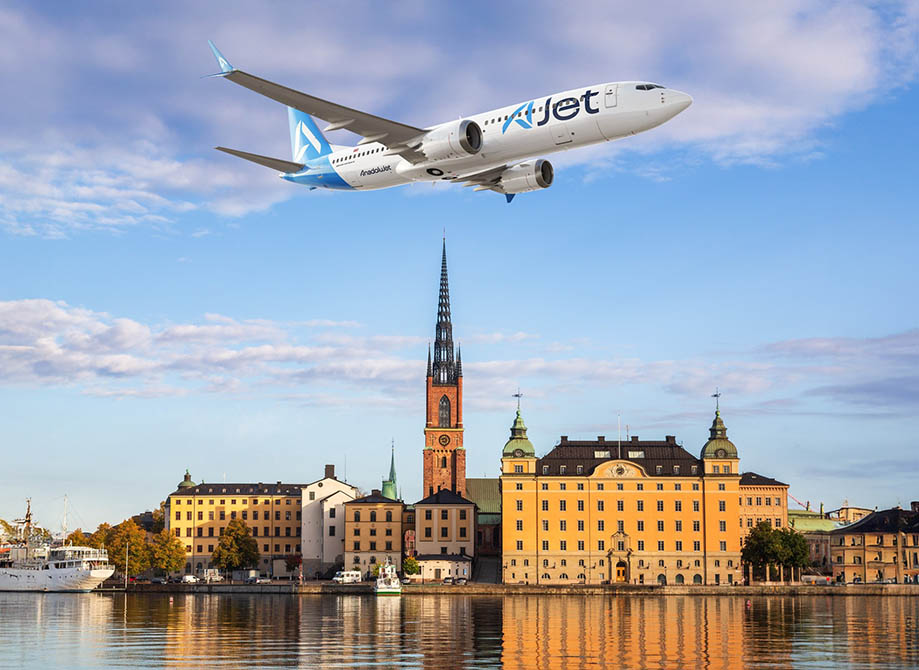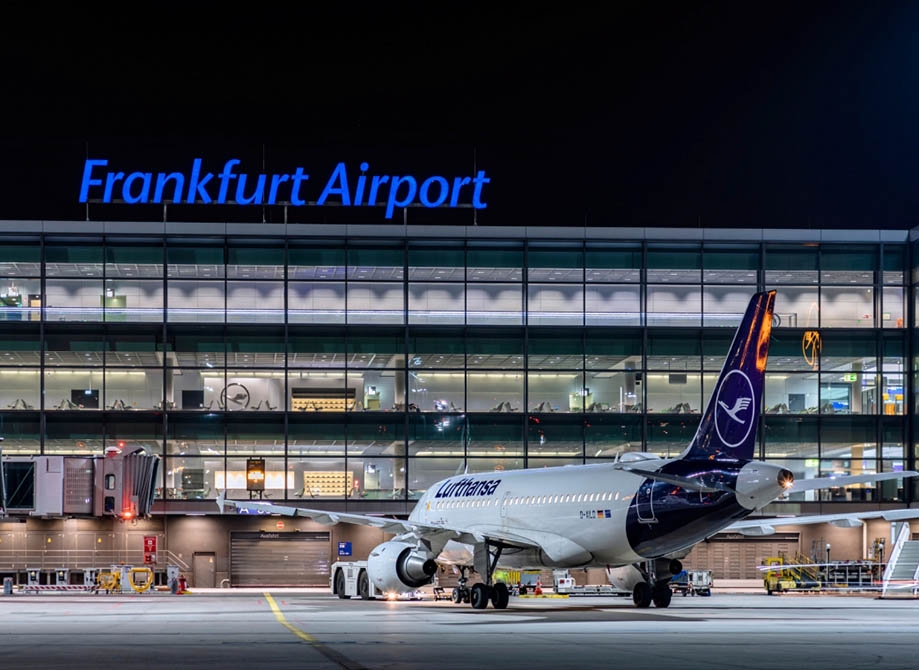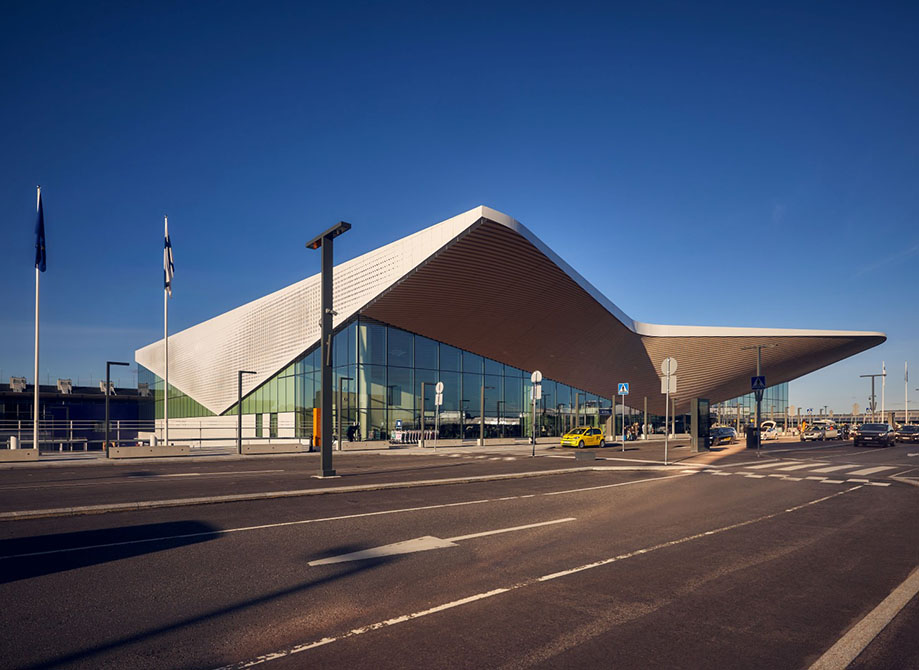
Whenever I plan a trip, one of the first and most important decisions I make is choosing how to get there—especially when flying to destinations like Stockholm, a city that’s both accessible and remote, depending on where you’re coming from. Over the years, I’ve visited the Swedish capital several times, and each trip has taught me something new about air travel. I’ve taken both direct flights and connecting ones, and the difference between the two can be more significant than you might expect.
In this article, I’ll walk you through my personal experiences flying into Stockholm, weigh the pros and cons of each flight option, and offer tips that might help you decide which works best for your travel style, budget, and schedule.
My First Trip: The Allure of a Direct Flight
The very first time I flew to Stockholm, I opted for a direct flight from London Heathrow to Arlanda Airport. It seemed like the obvious choice. After all, who wouldn’t want to get there as quickly and comfortably as possible?
From check-in to arrival, everything was smooth. I boarded my flight in the late morning, and just a little over two hours later, I was already stepping into the cool Nordic air. There was something incredibly satisfying about that simplicity—no layovers, no confusing gate changes, no anxiety over missed connections.

What I appreciated the most about the direct flight was the time it saved me. I landed with enough energy to head straight to my hotel, check in, grab a hot coffee in Gamla Stan, and even catch the golden hour near the Royal Palace. The convenience of not wasting half a day in transit allowed me to make the most of my arrival day.
The Switch to Connecting Flights
However, my next trip was a bit different. I was flying from New York, and direct flights to Stockholm were either extremely pricey or already booked. Instead, I booked a connecting flight through Frankfurt.
I won’t lie—I was nervous at first. The layover was only 90 minutes, and Frankfurt Airport is massive. But surprisingly, everything went smoothly. My luggage was checked through to Stockholm, the terminals were well-marked, and I even had time to grab a pretzel and coffee before my connecting gate opened.
While the travel time was longer (totaling about 11 hours including the layover), I noticed one clear advantage: the price. My connecting flight was almost $300 cheaper than a direct flight on the same travel dates. That was money I happily put toward better accommodation and dining experiences in Stockholm.
Pros of Direct Flights to Stockholm
1. Time-Saving Convenience
There’s nothing like boarding a plane and getting off just a few hours later at your final destination. When flying from nearby cities like London, Paris, or Amsterdam, direct flights can save you an entire day. This is especially valuable for weekend travelers or business trips.
2. Less Stressful Travel
Direct flights eliminate the chaos that can come with connections. You don’t have to navigate unfamiliar airports, re-check bags, or sprint across terminals when a delay eats into your layover time.
3. Lower Risk of Lost Luggage
When your bags are loaded and unloaded only once, there’s less chance they’ll get misplaced. On connecting flights—especially through large airports—luggage mishandling is a more common occurrence.
4. Better for Families and Seniors
If you’re traveling with children, elderly family members, or anyone who needs assistance, direct flights simplify everything. There’s less walking, fewer time zones to track, and fewer opportunities for things to go wrong.
Cons of Direct Flights to Stockholm
1. Higher Price Tag
Direct flights, especially long-haul ones, tend to be significantly more expensive. Budget airlines occasionally offer great deals, but for premium carriers, the price difference can be steep.
2. Limited Availability
Depending on where you’re flying from, direct flights to Stockholm might only be available on certain days or during certain seasons. This can limit your travel flexibility.
3. Fewer Options for Frequent Flyers
If you’re collecting miles or using airline loyalty programs, a direct flight might not always align with your preferred carrier. Connecting flights sometimes let you stick to your alliance of choice and maximize rewards.
Pros of Connecting Flights to Stockholm
1. Cost Savings
This is perhaps the most obvious benefit. I’ve saved hundreds of dollars by connecting through hubs like Copenhagen, Helsinki, or Frankfurt. If you’re traveling on a budget, connecting flights often open the door to Stockholm without breaking the bank.
2. More Flight Time Options
With connecting flights, you get a wider range of departure and arrival times. You can find early-morning departures, red-eye flights, or even midday departures that suit your schedule.
3. Explore an Extra City (Even Briefly)
Once, I had a seven-hour layover in Copenhagen. Instead of sitting in the airport, I stored my carry-on, took the train into the city, and had a quick lunch at Nyhavn. It felt like a bonus destination added to my trip.
4. Greater Flexibility for Open-Jaw Tickets
If you’re planning to arrive in Stockholm but depart from another Scandinavian city like Oslo or Helsinki, connecting flights can often be booked as part of a multi-city itinerary more easily than directs.
Cons of Connecting Flights to Stockholm
1. Longer Travel Time
Even short layovers extend your total travel time, and delays can turn an already long journey into a tiring one. Once, I experienced a snowstorm delay in Amsterdam that had me sitting on a plane for three hours before we even took off.
2. Risk of Missing Connections
This is probably my biggest fear when booking connecting flights. Tight connections can be risky—especially when your first leg is delayed. Some airports are known for being efficient, but others can be chaotic.
3. Jet Lag Feels Worse
For me personally, having to spend more time in transit seems to amplify jet lag. The extra sitting, waiting, and constant alertness can make that first night’s sleep in Stockholm more elusive.
4. Airport Fatigue
Some airports are wonderful, with great food and lounges. Others are noisy, crowded, and stressful. Spending hours in transit zones—especially when you’re already tired—can be draining.
My Personal Takeaway
After flying both direct and connecting routes to Stockholm, I can confidently say: there’s no universally “better” option—it really depends on your priorities.
If I’m only going for a short stay, or if time is of the essence, I’ll always try to book a direct flight. The convenience outweighs the cost, especially when I want to maximize my time in the city. Landing refreshed and without delay allows me to dive straight into exploring the cobbled streets of Gamla Stan, enjoying the cafes, and visiting places like the Vasa Museum or Skansen.
However, when I have a longer trip planned, or I’m keeping a close eye on my travel budget, I’m perfectly fine booking a connecting flight. The savings can be substantial, and with a bit of smart planning (and travel insurance!), the risks can be minimized.
One trick I’ve learned is to avoid connections under 75 minutes—even if the airline says it’s enough. Giving yourself 90–120 minutes for a layover strikes the right balance between efficiency and peace of mind. Also, I always try to choose layovers in airports I know and trust. Copenhagen, Munich, and Helsinki are all airports I’d happily transit through again.

Tips for Booking Your Flight to Stockholm
- Compare across multiple platforms – Use both aggregators (like Skyscanner or Google Flights) and airline websites to ensure you’re seeing all your options.
- Sign up for alerts – Fare alerts have helped me snag a great direct flight deal once that I wouldn’t have found otherwise.
- Check alternative airports – Flying into Stockholm Arlanda (ARN) is standard, but sometimes budget carriers fly into Bromma or even Skavsta, which might change your decision.
- Factor in total cost – A cheaper flight with a long layover might end up costing more in food, airport expenses, or lost productivity.
- Consider carbon impact – If environmental sustainability matters to you, direct flights generally have a lower carbon footprint per passenger compared to multi-leg routes.
No matter which route you choose, one thing’s for sure: Stockholm is worth the journey. The city greets you with its calm elegance, a beautiful blend of nature and modernity. You’ll find icy blue waters glistening between the islands, minimalist design that’s both functional and stylish, and the cozy warmth of cinnamon-scented bakeries that offer the perfect escape from the cold. Whether you arrive straight from the airport or make a scenic detour through a bustling European hub, Stockholm has a way of welcoming you with open arms. From the cobbled streets of Gamla Stan to the sleek waterfront promenades, every corner of the city tells a story. And while the destination itself is undoubtedly magical, it’s the journey that makes the experience even more memorable. The excitement of the flight, the anticipation of discovery, and the time spent in transit all add layers to the adventure, making your arrival feel all the more rewarding.


